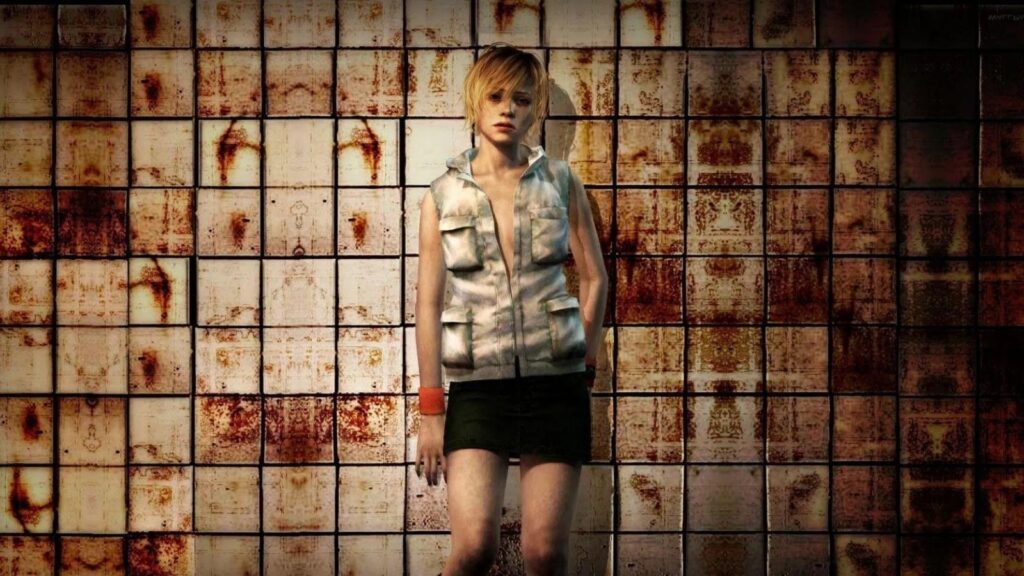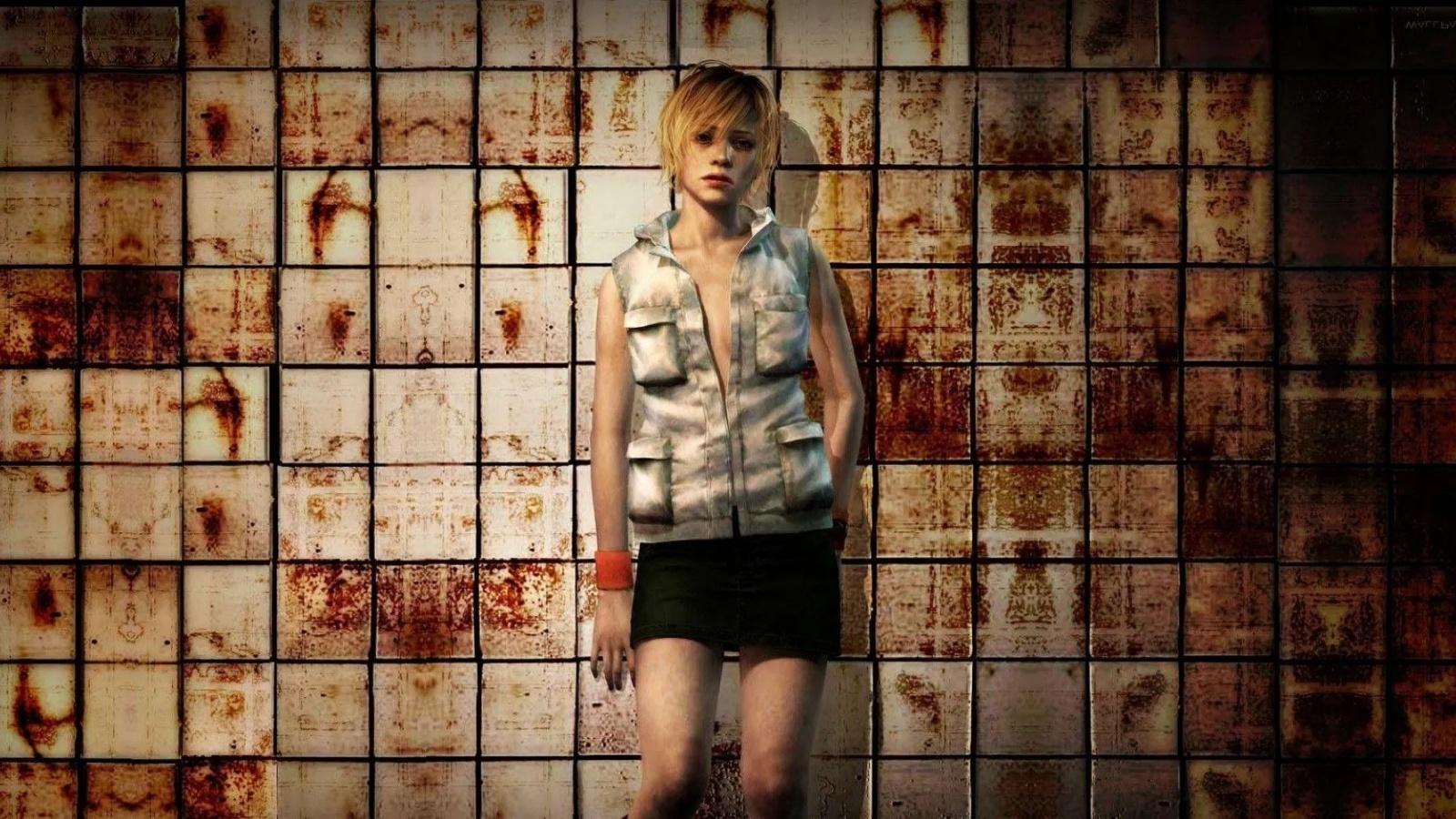
Silent Hill: Delving into the Fog of Fear
For over two decades, the name “Silent Hill” has resonated with gamers and horror enthusiasts alike. More than just a series of video games, Silent Hill represents a masterclass in psychological horror, exploring themes of trauma, guilt, and the terrifying depths of the human psyche. This comprehensive guide aims to unravel the enigma of Silent Hill, providing a deep dive into its history, core concepts, enduring appeal, and future prospects. We’ll explore what makes Silent Hill such a compelling and enduring franchise, and why it continues to captivate audiences with its unique blend of disturbing imagery, intricate storytelling, and haunting atmosphere.
The Genesis of a Nightmare: Exploring the Origins of Silent Hill
The original Silent Hill, released in 1999 for the PlayStation, was a bold departure from the action-oriented survival horror games of the time. Instead of relying on jump scares and gore, it focused on creating a pervasive atmosphere of dread, using unsettling sound design, disturbing imagery, and a narrative that delved into the protagonist’s troubled past. The game distinguished itself through its innovative use of fog, which not only masked the PlayStation’s technical limitations but also added to the sense of disorientation and unease. This artistic choice became a defining characteristic of the series.
Key figures in the creation of Silent Hill include Keiichiro Toyama (director), Masahiro Ito (monster designer), and Akira Yamaoka (sound designer and composer). Their combined talents forged a unique and unforgettable experience. Toyama’s direction emphasized psychological depth, Ito’s monster designs were deeply symbolic and disturbing, and Yamaoka’s haunting score perfectly complemented the game’s oppressive atmosphere. According to interviews, the team drew inspiration from various sources, including films like Jacob’s Ladder and literature exploring psychological themes.
Core Elements Defining the Silent Hill Experience
- Psychological Horror: The series excels at exploring the protagonist’s inner turmoil and confronting them with manifestations of their fears and guilt.
- Atmosphere of Dread: Silent Hill is renowned for its oppressive atmosphere, created through unsettling sound design, disturbing imagery, and a pervasive sense of unease.
- Symbolic Monster Designs: The monsters in Silent Hill are not simply mindless creatures; they represent the characters’ psychological struggles and repressed traumas.
- Intricate Storytelling: The narratives in Silent Hill are often complex and multi-layered, exploring themes of trauma, guilt, and redemption.
- The Otherworld: The town of Silent Hill has the ability to manifest a nightmarish alternate reality, reflecting the inner state of those within it.
The Evolution of Fear: Silent Hill Games and Their Impact
The success of the original Silent Hill spawned a series of sequels, each exploring different characters and storylines while maintaining the core elements of psychological horror and atmospheric dread. Silent Hill 2, often considered the pinnacle of the series, told a poignant story of guilt and redemption, featuring iconic monster designs like Pyramid Head. Silent Hill 3 continued the story of the first game, delving deeper into the cult that plagued the town. Later entries, such as Silent Hill 4: The Room, experimented with new gameplay mechanics and narrative themes, while still retaining the series’ signature atmosphere.
Beyond the core series, Silent Hill has expanded into other media, including films, comics, and even pachinko machines. The Silent Hill film adaptation, while divisive among fans, brought the series to a wider audience. The comics explored new stories and characters within the Silent Hill universe, while the pachinko machines, while controversial, demonstrated the franchise’s enduring popularity in Japan.
Analyzing Key Silent Hill Titles:
- Silent Hill 2: A masterpiece of psychological horror, exploring themes of guilt, grief, and repressed trauma. Its narrative complexity and iconic monster designs have cemented its place as a classic.
- Silent Hill 3: A direct sequel to the first game, delving deeper into the cult’s origins and the protagonist’s connection to the town.
- Silent Hill 4: The Room: A departure from the traditional Silent Hill formula, featuring a new protagonist and a unique gameplay mechanic centered around a haunted apartment.
- Silent Hill: Shattered Memories: A reimagining of the first game, featuring a branching narrative and psychological profiling that adapts the game to the player’s choices.
The Sound of Silence: Akira Yamaoka’s Haunting Score
No discussion of Silent Hill would be complete without mentioning the contributions of Akira Yamaoka, the composer and sound designer for the series. Yamaoka’s haunting score is an integral part of the Silent Hill experience, perfectly capturing the atmosphere of dread and unease. His use of industrial sounds, distorted melodies, and melancholic themes creates a soundscape that is both disturbing and beautiful. Many fans consider Yamaoka’s music to be one of the key factors in the series’ enduring appeal.
Yamaoka’s approach to sound design was unconventional, often experimenting with unconventional instruments and recording techniques. He sought to create sounds that were not only unsettling but also emotionally resonant, reflecting the characters’ inner turmoil and the town’s dark history. His work has been widely praised by critics and fans alike, and his music continues to be enjoyed and analyzed to this day.
Key Musical Themes and Their Significance
- “Theme of Laura” (Silent Hill 2): A melancholic and haunting melody that perfectly captures the game’s themes of loss and regret.
- “Promise (Reprise)” (Silent Hill 2): A powerful and emotional track that plays during one of the game’s most pivotal moments.
- “You’re Not Here” (Silent Hill 3): An energetic and unsettling track that reflects the protagonist’s growing unease and paranoia.
- “Room of Angel” (Silent Hill 4: The Room): A haunting and ethereal track that captures the isolation and claustrophobia of the game’s setting.
The Monsters Within: Decoding the Symbolism of Silent Hill’s Creatures
The monsters in Silent Hill are not simply random creatures designed to scare the player; they are manifestations of the characters’ psychological struggles and repressed traumas. Each monster has a symbolic meaning, reflecting the characters’ fears, guilt, and desires. Understanding the symbolism of these creatures is key to understanding the deeper themes of the series.
Masahiro Ito, the monster designer for the series, drew inspiration from various sources, including his own personal fears and anxieties. He sought to create monsters that were not only visually disturbing but also psychologically unsettling, forcing the player to confront their own inner demons. According to Ito, the monsters are meant to be a reflection of the characters’ inner selves, distorted and twisted by their own psychological turmoil.
Iconic Silent Hill Monsters and Their Meanings
- Pyramid Head (Silent Hill 2): Represents James Sunderland’s guilt and repressed desire for punishment.
- The Nurses (Various): Represent repressed sexuality, fear of medical institutions, or feelings of helplessness.
- The Mannequins (Silent Hill 2): Represent James’s sexual frustration and his inability to connect with his wife.
- Walter Sullivan (Silent Hill 4: The Room): Represents the cycle of abuse and the destructive power of trauma.
Silent Hill and Psychological Horror: A Deep Connection
Silent Hill stands as a landmark in the psychological horror genre, not merely for its scares, but for its profound exploration of the human psyche. Unlike many horror games that rely on jump scares and gore, Silent Hill delves into the characters’ inner turmoil, forcing them to confront their deepest fears and repressed traumas. This focus on psychological depth is what sets Silent Hill apart and makes it such a compelling and enduring franchise.
The series often explores themes of trauma, guilt, and redemption, using the town of Silent Hill as a manifestation of the characters’ inner state. The town itself is not inherently evil, but rather a mirror reflecting the darkness within those who enter it. This allows the series to explore complex and nuanced themes, challenging players to confront their own psychological demons.
Key Themes Explored in Silent Hill
- Trauma: Many Silent Hill characters are haunted by past traumas, which manifest in the town as nightmarish creatures and distorted realities.
- Guilt: Guilt is a recurring theme in Silent Hill, often driving the characters’ actions and shaping their experiences in the town.
- Redemption: Despite the darkness and despair that pervade Silent Hill, the series also offers hope for redemption, as characters confront their inner demons and strive to overcome their past mistakes.
- Repression: The act of repressing memories and emotions is a central theme, with the monsters and horrors of Silent Hill often representing these buried feelings.
Konami’s Silent Hill: Navigating the Foggy Future
The future of Silent Hill has been uncertain for many years, with Konami’s handling of the franchise drawing criticism from fans. However, recent developments suggest that the series may be poised for a resurgence. Multiple Silent Hill projects are reportedly in development, including new games, a film adaptation, and other media. This renewed interest in the franchise has sparked excitement among fans, who are eager to see Silent Hill return to its former glory.
Konami’s strategy appears to be focused on revitalizing the Silent Hill brand across multiple platforms, reaching both longtime fans and new audiences. This includes remakes of classic titles, sequels to existing games, and entirely new entries in the series. The success of these projects will depend on Konami’s ability to capture the essence of what made Silent Hill so special in the first place: its psychological depth, atmospheric dread, and haunting storytelling.
Potential Future Directions for Silent Hill
- Remakes of Classic Titles: A remake of Silent Hill 2 is currently in development, offering a modern take on a beloved classic.
- New Entries in the Series: Several new Silent Hill games are reportedly in development, exploring new characters and storylines within the Silent Hill universe.
- Film Adaptations: A new Silent Hill film is in development, promising to be a more faithful adaptation of the games than previous attempts.
- Interactive Media: There is potential for interactive media experiences, such as VR games or interactive narratives, that could further immerse players in the world of Silent Hill.
Why Silent Hill Still Matters: Enduring Legacy of Fear
Silent Hill’s enduring appeal lies in its ability to tap into our deepest fears and anxieties. The series’ focus on psychological horror, atmospheric dread, and symbolic storytelling has resonated with gamers and horror fans for over two decades. Silent Hill is not just about scaring the player; it’s about exploring the darkness within ourselves and confronting the psychological demons that haunt us all. This makes it a unique and unforgettable experience that continues to captivate audiences to this day.
As we eagerly anticipate the future of Silent Hill, let’s remember the core elements that made the series so special: its psychological depth, its haunting atmosphere, and its ability to explore the human condition through the lens of horror. By staying true to these principles, Konami can ensure that Silent Hill continues to be a source of fear and fascination for generations to come. Share your favorite Silent Hill memories and theories in the comments below and let’s keep the fog rolling!

